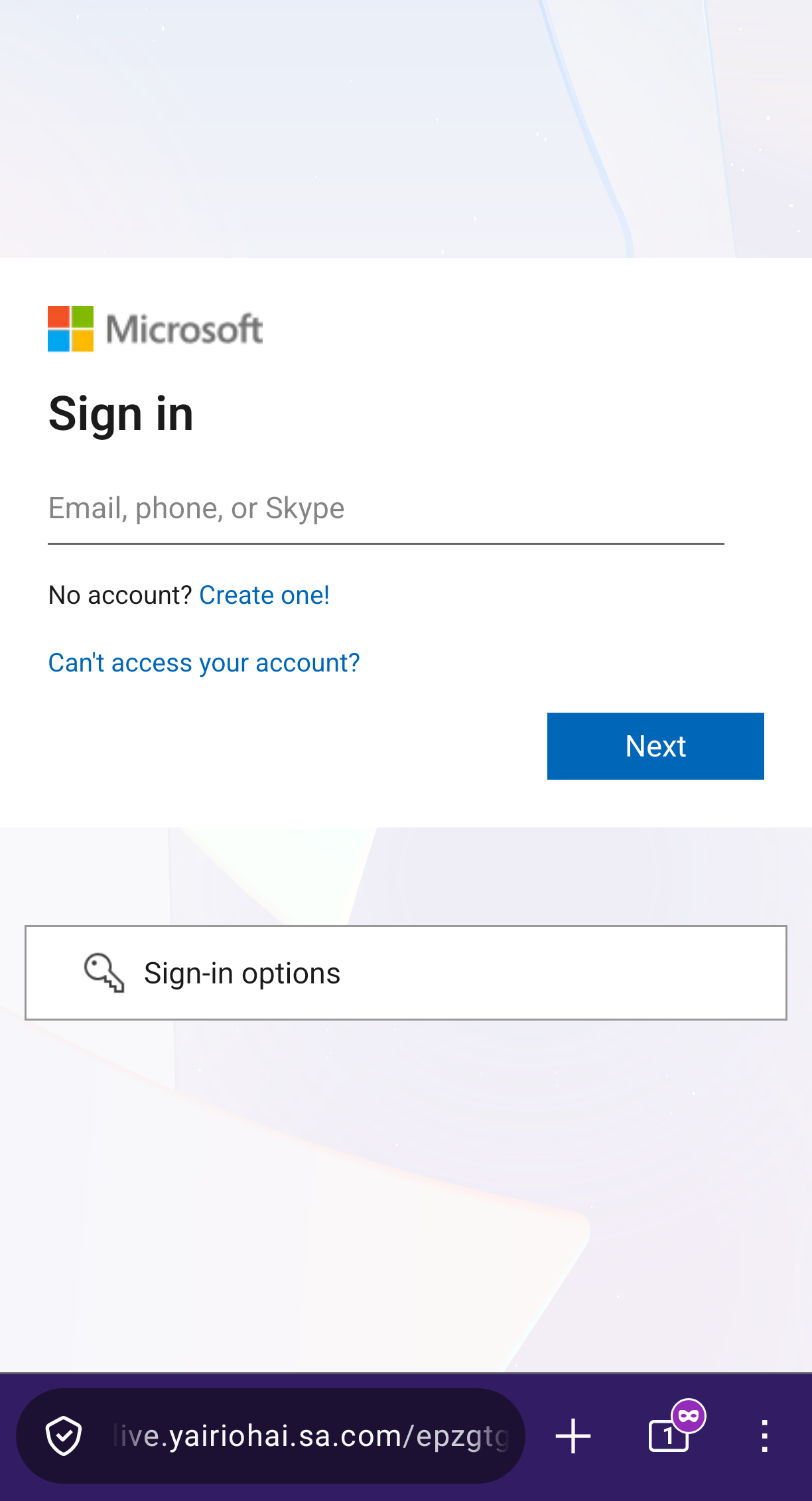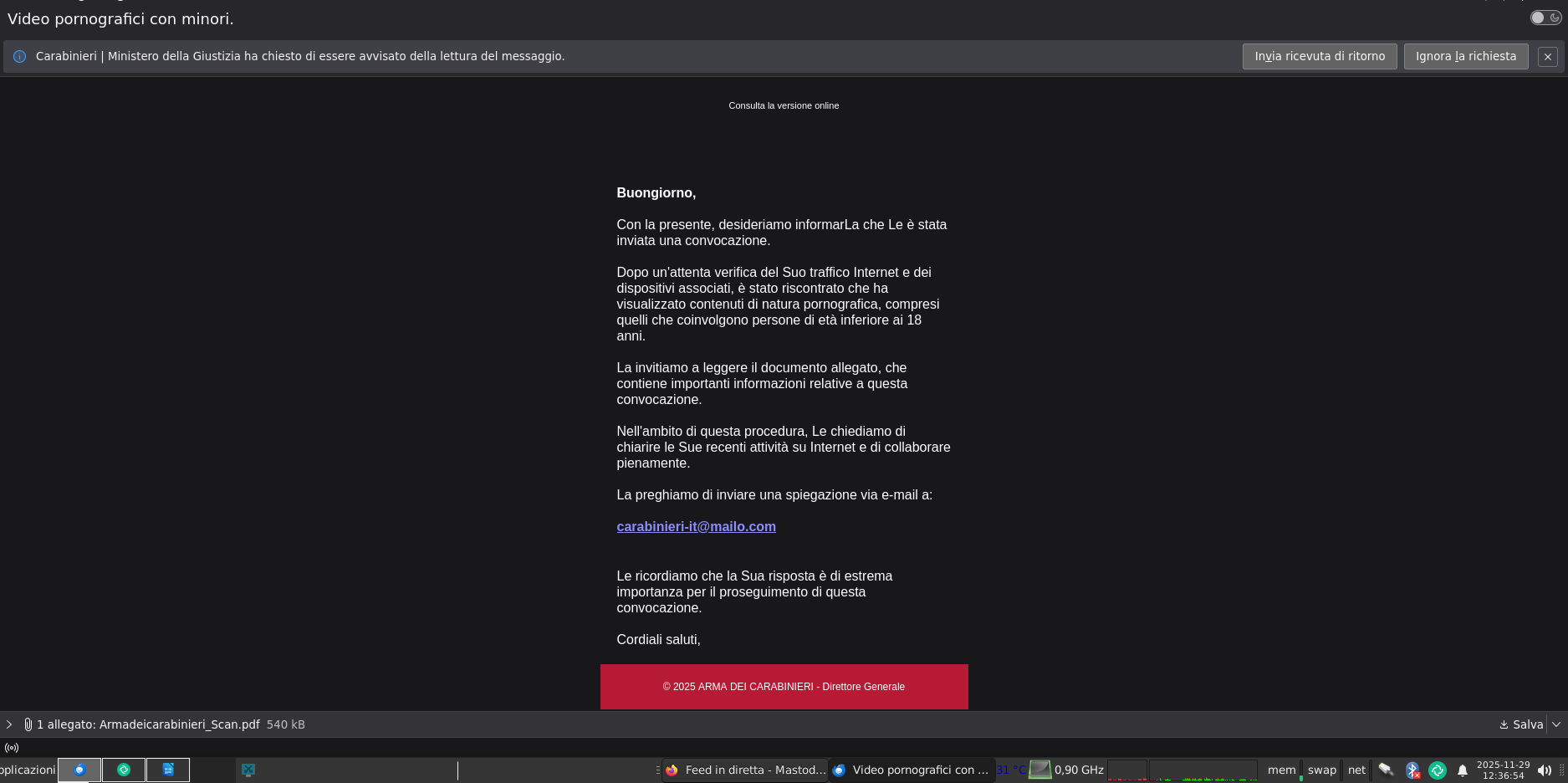WhatsApp users targeted in account takeover attack dubbed GhostPairing
The "GhostPairing Attack" is a social engineering campaign that exploits WhatsApp's device pairing feature by tricking victims into entering WhatsApp authentication codes via fake Facebook pages, authorizing attackers' browsers as linked devices with full access to messages and contacts. Most victims remain unaware that they have been compromised and their WhatsApp account becomes a vector to scam others.
**Never trust unexpected cryptic messages on your messaging platforms, even from contacts you trust, especially if they have links or phone numbers to call. They are most probably phishing. Check your WhatsApp Settings → Linked Devices and remove any sessions you don't recognize.**
#cybersecurity #infosec #scam #phishing #activephishing
https://beyondmachines.net/event_details/whatsapp-users-targeted-in-account-takeover-attack-dubbed-ghostpairing-n-a-y-8-j/gD2P6Ple2L





![Screenshot of a PDF
Green Bar: E-mail was scanned by mail security and is believed to be clean.
Please Scan the QR code to review
[Obfuscated QR Code]
Dear XXX,
We are pleased to inform you that, effective 01 January 2026, your base salary will be adjusted. This adjustment recognizes your valuable contributions to the company and reflects our commitment to maintaining fair, market-aligned compensation.
To review the details of your updated salary, please scan the QR code provided.
Confidentiality Notice: This information is strictly confidential and must not be disclosed or discussed with colleagues or external parties.
Thank you for your continued dedication and excellent work.
This notice serves as confirmation of our agreement moving forward.
We look forward to achieving new goals together with the same spirit of collaboration and commitment that has always defined our partnership.
Best regards,](https://media.infosec.exchange/infosec.exchange/media_attachments/files/115/707/115/618/500/719/original/33f2b19970c6b2dc.png)





